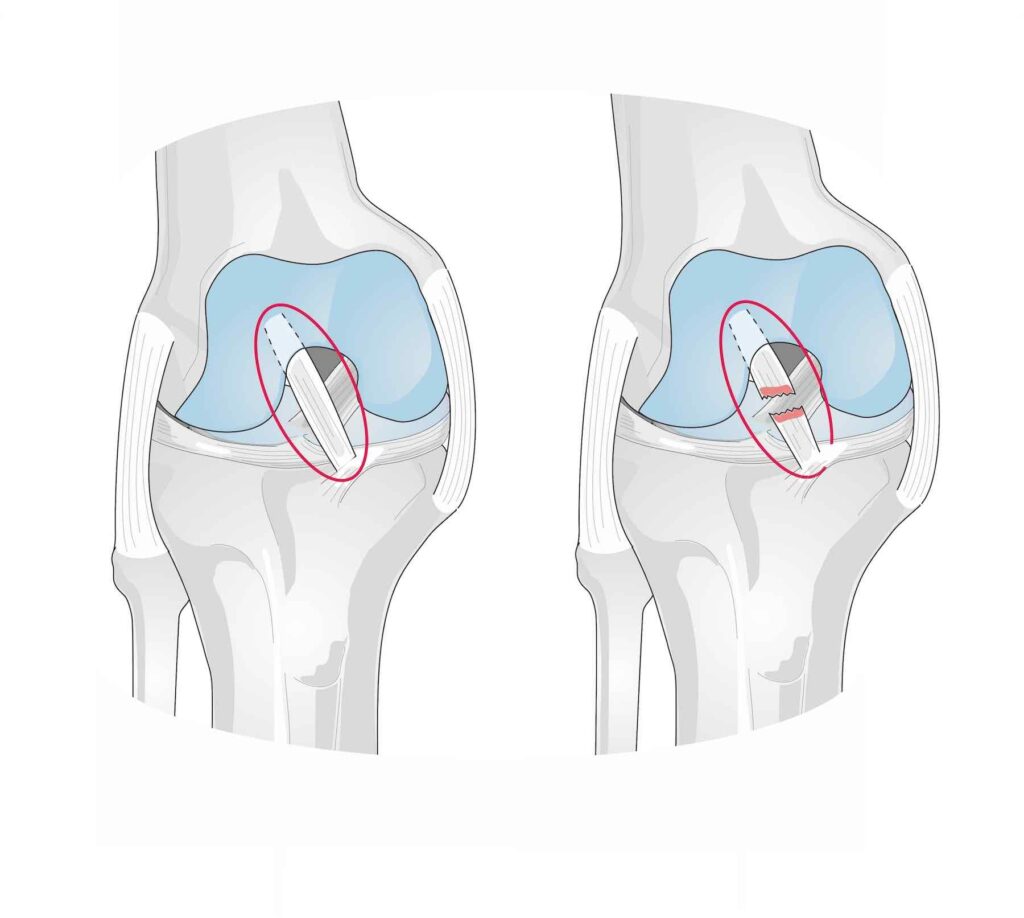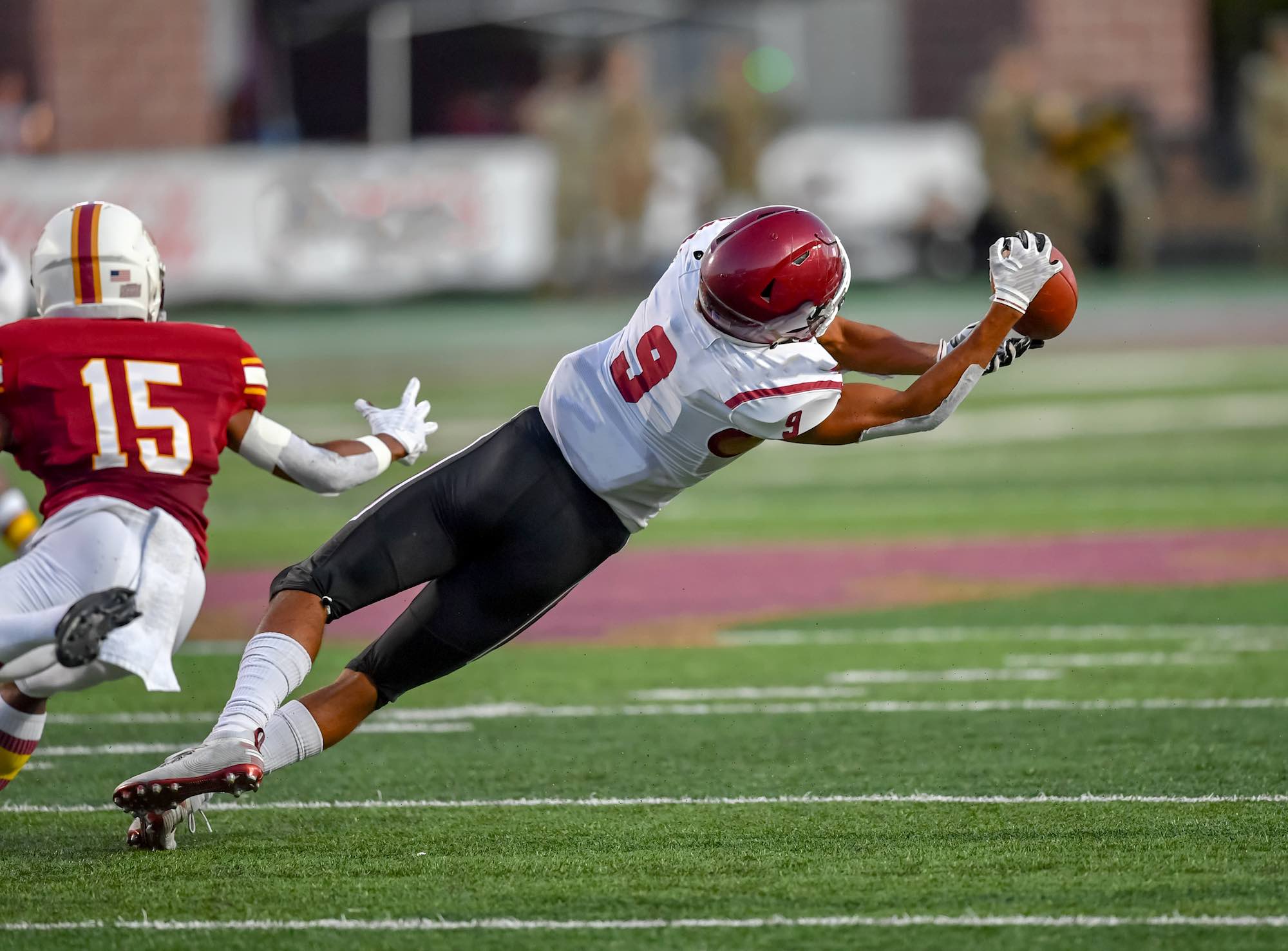ACL reconstruction surgery is designed to re-establish the stability of the knee joint.
The anterior cruciate ligament (ACL) acts like a rope that tethers the inside of the knee to keep it from rotating too far forward or back and with rotational control. When this rope, or ligament, is torn or ruptured, there is instability in the knee and the knee tends to collapse inward when pivoting or rotating while running. This can cause pain and make it too painful for an athlete to play his/her sport safely while injured.

ACL reconstruction surgery is performed by arthroscopic (using a small camera called an arthroscope ) technique, which allows the surgeon to view the knee and perform the procedure through small (minimally invasive) incisions.
Surgery requires the surgeon to make small incisions in the front of the knee on either side of the patella (knee cap). This allows us to view the damaged ligament and reconstruct it using one or more of these options:
Autograft – tissue from a patient’s own body (e.g., patellar tendon, hamstring, quadriceps tendon).
Allograft – tissue from a donor’s body (e.g., cadaver tendons).
Patients go home on the day of surgery after spending about an hour in our postoperative care unit. A physical therapist provides instructions on how to move the knee through its full range of motion to prevent stiffness. The physical therapist also teaches the patient how to bend and lift properly, which protects the operated knee from further injury.
Who is a good candidate for ACL reconstruction
Most often, the individuals who can be helped most by this procedure include any active person (weekend warrior to professional athlete). It is important to repair the stability to your knee to prevent further damage or progression to osteoarthritis.
If you’ve experienced an ACL injury, and wonder if you too might be a good candidate for ACL reconstruction, please contact me to schedule an appointment.
